Day 1 in my audacious response to Anthony Tommasini’s Wild and CRRRAzy idea of choosing the top 10 composers. Today, we focus on Innovation and Originality. Which composers took the boldest risks and were willing to suffer the consequences? Which composers were marked by thinking of musical ideas and sounds that simply nobody had ever thought of before?
I’ll further define this list in opposition to tomorrow’s list. Tomorrow, we’ll look at the Top 10 Most Influential Composers. Today’s composers could all be cul-de-sacs in musical history – no later composer need have taken up their particular style or innovations. We’re talking about brazen, unfettered originality for originality’s sake.
1. Hector Berlioz (1803 – 1869)
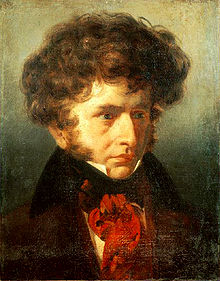
For my money, Berlioz is the greatest musical innovator. His experiments often failed, but they never lacked for ambition. Every piece was grander, bolder, and less practical than the next, beginning with the Symphony Fantastique and continuing up to his sprawling 4 1/2 hour opera Les Troyens. Berlioz never wrote in a prescribed form: he preferred inventing them. He created tone poem-symphonies (Fantastique), symphony-concertos (Harold in Italy), and even bold admixtures of drama, narration, art song, and choral symphony (Lélio).
Before Berlioz, composers had depicted birds chirping, storms raging, and the rolling seas. Berlioz depicted opium hazes, witch’s covens, and rolling heads:
2. Carlo Gesualdo (1566 – 1613)
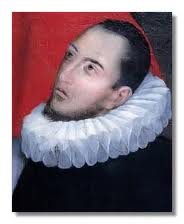
The Renaissance Italian prince is primarily known for two things: 1) finding his wife in flagrante with her lover and subsequently murdering them both (which, btw, was not only his prerogative, but his duty as a member of the nobility) and 2) composing Renaissance madrigals that made use of outlandish, expressionist harmonies. Anybody who writes something like this in the 16th century is pretty original:
(Beltà poiché t’assenti, Concerto Italiano)
3. Arnold Sch̦nberg (1874 Р1951)
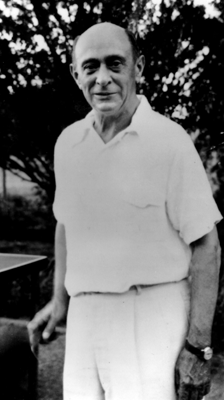
In a lot of ways, the music that lead up to Schönberg’s radical departure from tradition did pave his way: Mahler and Strauss and Zemlinsky and those types were already stretching the boundaries of the Tonal system of chords and scales. But Schönberg took their groundwork in much bolder directions. He then concocted, out of thin air, a mathematical re-imagining of how notes could be structured into music – that is a real innovation, and that’s exactly what Schönberg did with his 12-tone system in 1921.
The results are sometimes strangely beautiful. Sometimes, they are unspeakably ugly. Usually, they are at least cool:
4. Harry Partch (1901 – 1974)
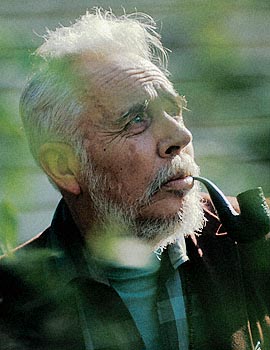
How much more original can you get than inventing your own instruments, scales, notational system, and musical language? I mean, what’s even going on in this score for “Delusion of the Fury“?
While there’s no denying that everyone on this list had plenty of influences, Partch really stands out as an individualist. What planet did he wander in from to write this?:
5. Claudio Monteverdi (1567 – 1643)
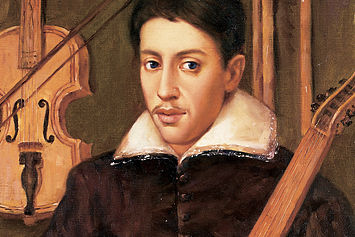
David Ewen writes:
Compared to the archaic vocabulary and methods of his predecessors, Monteverdi’s operas represent an entirely new art. This is not a revolution: there was nothing before Monteverdi that he could have revolutionized. This is invention, the discovery of a brave, new world. He was the first one to understand and appreciate the role of the orchestra in an opera, to use an instrumental style and resources as an ally for his dramatic mission. To use instruments for the purpose of mood painting and characterization was simply without precedent. He knew how to make his characters not the abstractions they had been before, but human beings.
(Combattimento di Tancredi e Clorinda, Concerto Italiano)
6. Edgard Var̬se (1883 Р1965)
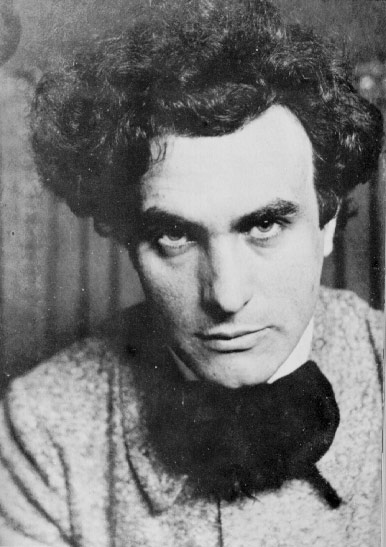
This French-American composer wrote the first piece for an ensemble made up exclusively of percussion instruments: Ionisation from 1931. Many composers invented ensembles, but percussion instruments lack one vital element of music: pitches. [Usually.] In eliminating all reference to traditional pitch systems and leaving himself with only rhythm, timbre, and dynamics, Varèse forced himself to create a musical language all his own.
Even when he did use more traditional instruments and ensembles, his music displays an undeniable individuality that was not linked with any of the prevailing trends in musical modernism. That he later turned to electronic composition in the 1950’s simply confirms his ever-curious musical mind.
(Ionisation, Die Reihe Ensemble/Cerha)
7. Franz Joseph Haydn (1732 – 1809)
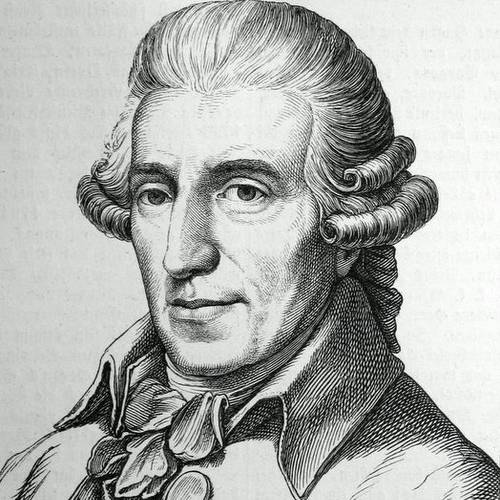
Please let’s not forget about everything Haydn did while he was toiling away in an obscure Hungarian field somewhere: he invented the symphonic form (four movements, fast – slow – minuet – faster), modernized the orchestra, invented the string quartet – both as a genre and as an ensemble (although, can you really separate the two?), and totally revolutionized musical language. He is also the first composer to ever make significant use of folk music as source material for his compositions.
Suffice to say, when he started writing music, it sounded like this:
(Symphony No. 8, Austro-Hungarian Haydn Orch/Fischer)
and when he finished, it sounded like this:
(The Creation, LSO/Colin Davis)
8. Igor Stravinsky (1876 – 1963)
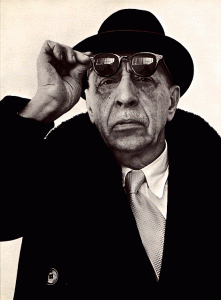
I know that Igor Stravinsky stole left, right, and center from Debussy, Ravel, Rimsky-Korsakov, and probably a lot of other people. But did any of them write this?
(The Rite of Spring, LSO/Davis)
I didn’t think so.
9. LeoÅ¡ JanáÄek (1854 – 1928)
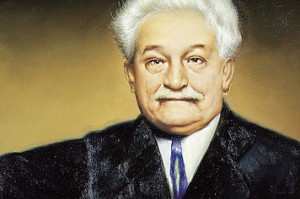
This Czech composer was a really late bloomer – his early works were indebted to a folkloric, watered-down version of Brahms that he received via Dvorak. And then, something happened – maybe it had to do with the death of his daughter, perhaps with his increasing fame and prosperity, but slowly and late in life, he forged a deeply personal style, especially in opera.
JanáÄek was everything you’d expect from an eccentric, craggy composer – he was an ill-tempered and obstinate man. His radical style often sounds like it:
(String Quartet No. 1, Melos Quartet)
10. Claude Debussy (1862 – 1918)
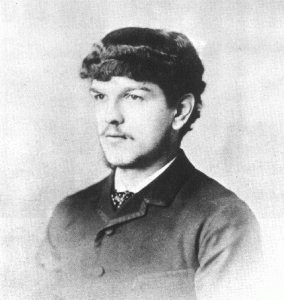
Almost all the composers listed above were chosen because they created brash, aggressive, dramatic new sounds. Debussy did just the opposite – he explored the many cool, washy colors that classical instrumentation had to offer.
It’s really important to remember that Impressionists in music and Impressionists in visual art may have ended up with “similar” effects, but they came at it from totally different starting points: whereas Visual Impressionists were trying to add vagueness and mood to their canvasses (so as to lessen distinction and increase the sense of an “impression”), Debussy was doing the exact opposite – he was trying to enrich his musical language so that sounds could actually turn into musical scenes with literal places and characters.
His real innovation was to combine the mellifluous sounds of Indonesian gamelan music with the greatly expanded harmonic palette of Wagner and Massenet. Thus:
(Ibéria, Cleveland Orch/Boulez)
Talk Amongst Yourselves
I’m going to resist the temptation to write about all of my notable mentions, because that would defeat the purpose of just putting up 10 people, and plus, the whole point of this exercise is the discussion. Your job now is to argue with me and point out all of the people I either stupidly left out or stupidly included.
My only request is that if you propose a composerly alternative to any of my suggestions, please specify who you would like to remove from my list to be replaced with your contestant.
More than anything, I’d like to hear your all’s Top 10 Most Innovative Composers Lists.
Let the games begin.
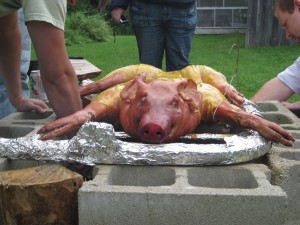
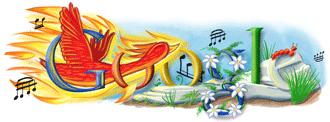
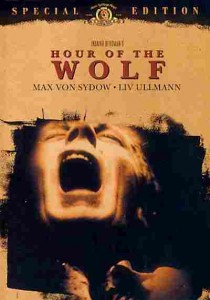 Regular readers of this blog (and Italians the world over) will recollect a long-ago post in which I avowed my dislike of Fellini’s “8 1/2”. I remain unrepentent on that point, but the great thing is that this weekend I saw a film that has much the same style and message, but in my mind is so very much better: Bergman’s “
Regular readers of this blog (and Italians the world over) will recollect a long-ago post in which I avowed my dislike of Fellini’s “8 1/2”. I remain unrepentent on that point, but the great thing is that this weekend I saw a film that has much the same style and message, but in my mind is so very much better: Bergman’s “